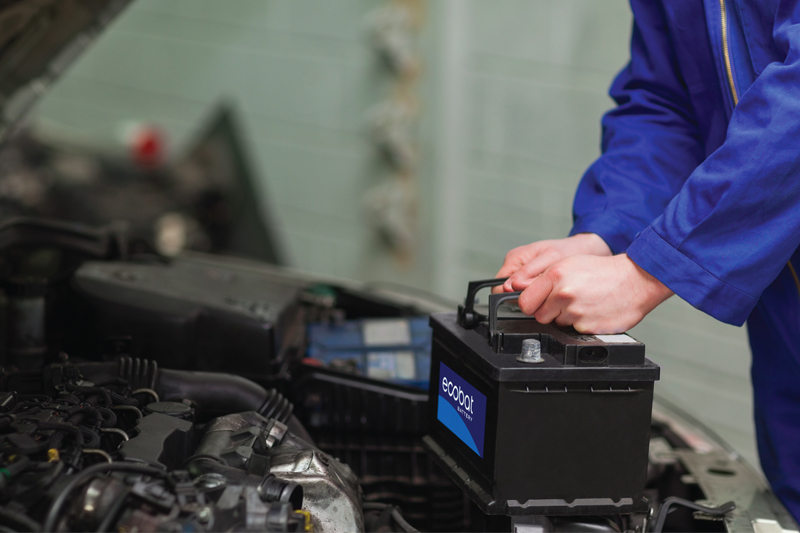
Ecobat outlines what has gone into the development of the modern 12 V battery and looks at what future it has in passenger vehicles.
Since the AGM (absorbent glass mat) battery was adopted as the original equipment fitment for micro-hybrid (start/stop enabled) applications, pan-European battery distributor Ecobat Battery has been at the forefront in expressing the need for independent workshops to be fully up to speed when it comes to both the batteries and the associated technology present in these vehicles.
However, although the vehicle manufacturers had made AGM, and subsequently, the enhanced flooded battery their primary power storage solution, primarily because motorists chose to override the start/stop function in their vehicles, these batteries were not failing at the age that was originally anticipated. This anomaly was simply because they were only making a fraction of the number of starts they were designed to, so were lasting far longer than anticipated, but due to the combined effects of changing vehicle design making overriding the start/stop function more difficult, reduced vehicle usage brought about by lockdowns during the pandemic and the passing of time, the landscape has changed significantly.
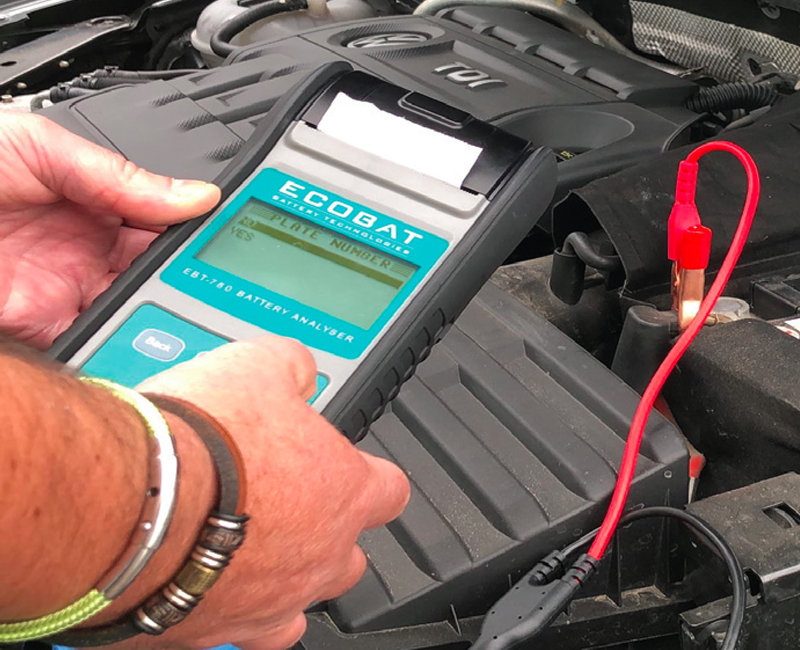
Research undertaken by Ecobat Battery, which is a major distributor for, among other brands, Exide and Varta, both key OE suppliers of AGM and EFB batteries, reveals that although in 2019 just 6 per cent and 1 per cent of battery replacements were AGM and EFB respectively, by 2022 the figures were 15 per cent and 5 per cent. Moreover, this trend will continue and is forecast to achieve double-digit growth every year to reach 28 per cent and 12 per cent in 2027, just four years from now.
This development is reflected in the product portfolio of the aforementioned battery manufacturers, with both Exide and Varta significantly increasing the AGM and EFB range they offer, not just to address the need for replacement batteries for start/stop vehicle applications, but new energy vehicles (electric, hybrid electric, plug-in hybrid electric and fuel cell electric vehicles) as well.
The reason for this range expansion is that, irrespective of the primary drive system of the vehicle – combustion engine, engine combined with a 48-volt or 350-volt battery, or a 400-volt battery in a fully electric vehicle – a ‘traditional’ 12-volt AGM/EFB battery is also fitted. Once again, this is a long-term trend as VMs recognise the need to ensure their vehicles have a suitable and reliable reserve power supply, should the battery used in the drivetrain be exhausted.
So, the reality for the independent aftermarket is that although the primary function of these 12 V batteries will evolve, from starting the engine to servicing increased electrical load and critical safety functions, the demand for OE-quality replacement batteries will remain for the foreseeable future.
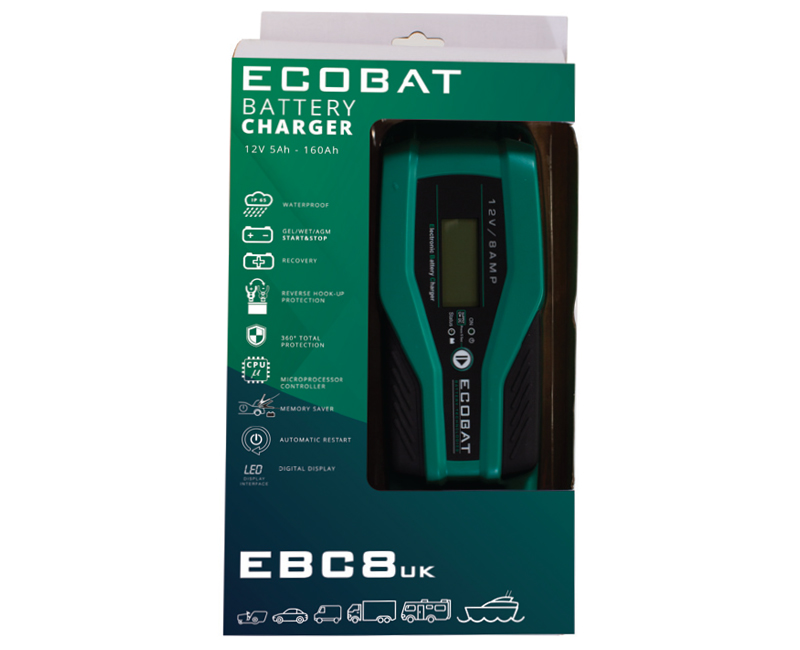
Battery best practice
Although it’s not possible to cover every best practice principle in a single article, here are three simple first steps that will certainly pay dividends to any workshop.
Initiate a battery testing regime.
Ecobat has found that 27 per cent of the vehicles that enter the independent workshop need either their batteries recharged or reconditioned, and a further 11 per cent need a replacement, which means that almost 40 per cent of the vehicles they service daily have a battery issue.
However, whether the vehicle is booked in for an MOT, annual service, or some sort of repair, workshops rarely test the voltage of the battery, let alone its condition. The knockon effect is that 40 per cent of roadside breakdowns are due to battery failure and the beneficiaries of these failures are not independent workshops but breakdown services such as the AA and RAC.
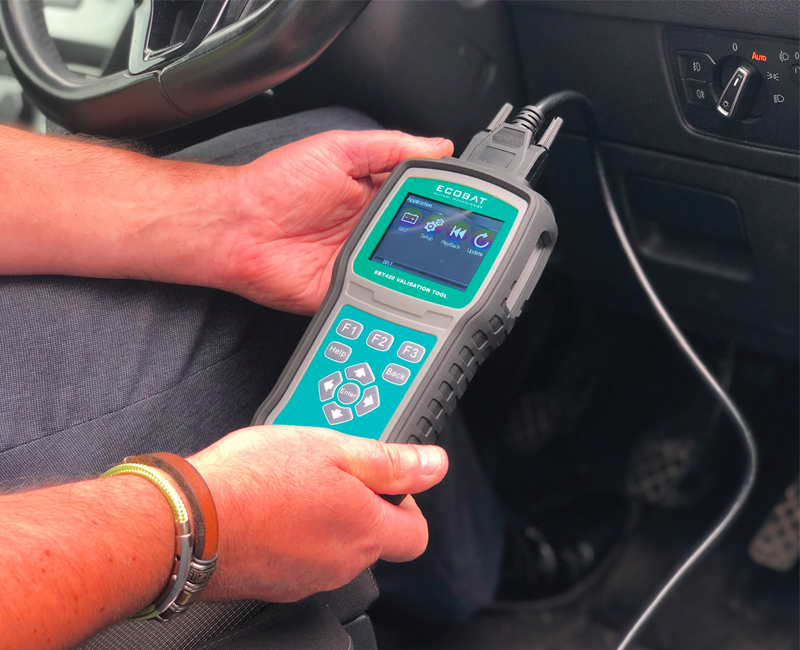
Reset the vehicle’s ECU
Unless the vehicle has been modified and requires an upgraded battery, technicians should always ensure they install a replacement of the same standard as the vehicle’s OE fitment, so if it’s an AGM or EFB battery at first fit, the replacement should be the same. However, if a higher capacity battery is required, it is possible to replace an EFB with an AGM version, but remember, an AGM cannot be replaced by an EFB and, irrespective of the type, both need to be reprogrammed into the vehicle’s energy management system.
This is important because an aged battery at the end of its life, behaves differently when it comes to its available capacity, energy output and charge acceptance, than a new, unused one. The BMS (battery management system), together with the EBS (electronic battery sensor) monitor the battery over its lifetime, detecting the number of engine starts and the energy flow (Ah throughput), monitoring the state of charge, controlling the charging and adapting the energy management of the battery, dependent on its state of health.
If this reprogramming is not carried out correctly it can cause issues with, or even failure of, the start/stop function, which can result in increased fuel consumption and also affect the vehicle’s comfort functions, for example.
Ensure the correct voltage is maintained during replacement and support the battery when running diagnostics.
These procedures are linked, as both prevent causing unnecessary problems and to be carried out effectively, both require a stable source of power to be constantly supplied to the vehicle’s electrical system. Although the risk of losing stored memory data may seem obvious when changing the battery, it’s not quite so apparent when it comes to undertaking diagnostic processes, for example.
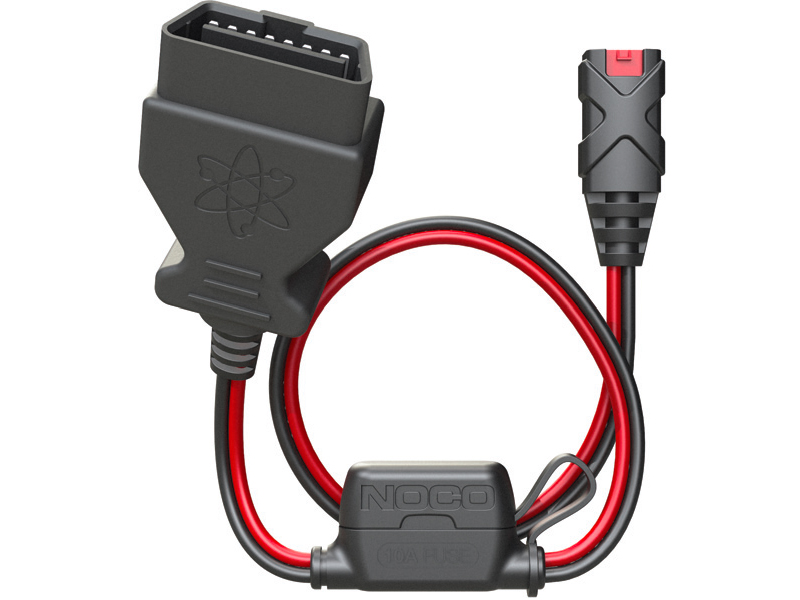
However, maintaining the correct voltage during extensive periods of troubleshooting is very important, as it helps technicians to correctly identify the underlying fault. This is because during diagnostic procedures, which nowadays are commonplace, the engine is switched off, but power is still drawn from the battery.
When carrying out prolonged diagnosis, which due to the complex electronic systems present in the modern vehicle, is not unusual, the vehicle’s control units and other electrical equipment can discharge the battery to such an extent that the on-board system voltage falls below the permissible voltage limit of the control units and a corresponding entry is made in the fault memory, and data can be lost.
Using equipment dedicated to battery support is now a necessity in any workshop. A battery performs best when it’s in peak condition, so by reducing the possibility of battery failure in the workshop, or even worse after the customer gets home, workshops can save more than time and money, they can preserve their reputation.









